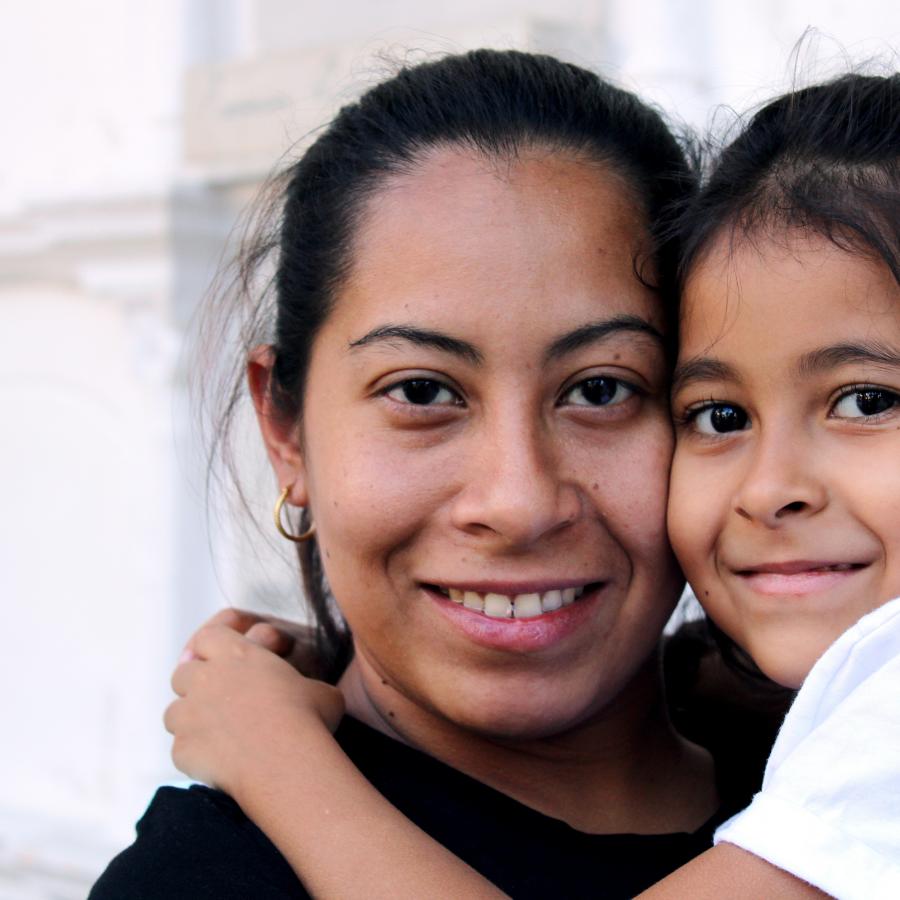Linguistic isolation
- The share of linguistically isolated households increased slightly between 2000 and 2010 and dropped slightly between 2010 and 2020 in the nine-county Bay Area and statewide.
- The region has a slightly lower share of linguistically isolated households compared to the share statewide.
- Households speaking Asian or Pacific Islander languages are most likely to be linguistically isolated regionwide, and households speaking Indo-European languages are least likely.
- San Francisco County has the highest share of linguistically isolated households in the region (11 percent) and Marin County has the lowest share (4 percent).
Nearly one in 10 households in the Bay Area does not speak English well or at all. These linguistically isolated households largely speak Asian languages or Spanish, as Asian Americans and Latinx residents have been central to the region’s population growth in recent decades. Linguistic isolation can compound many of the financial and cultural challenges that immigrant workers and families face, as residents with limited English proficiency might struggle to receive adequate health care, access public support systems, navigate job and rental markets, and build toward financial stability. Many linguistically isolated immigrants also have limited formal education, which can complicate efforts to make a decent living and acculturate to the US. Children with limited English proficiency tend to struggle with academic achievement relative to their peers.
- Include linguistically isolated households by ensuring access to transit.
- Implement comprehensive language access policies.
- Improve access to publicly funded social services such as state child care subsidies.
- Enforce existing language access laws in health care settings.
- Ensure that public agencies comply with local language access ordinances and policies, and establish https://sf.gov/data/language-access-ordinance-compliance-datasystems of accountability for ongoing compliance.
- Strengthen partnerships between local governments and community-based organizations that serve and support harder-to-reach language communities.
Language Access Ordinance in San Francisco

The Language Access Ordinance in San Francisco ensures equal access to public services for limited-English speakers. More than 160 languages are spoken in the Bay Area, and more than 40 in San Francisco alone. In 2001, the city enacted an equal access to services ordinance to ensure that residents with limited English proficiency — more than one in five people over the age of five — could access the same level of service as their English-speaking peers. In 2009, the ordinance was amended and became the Language Access Ordinance (LAO), reflecting one of the strongest language access laws in the United States. The LAO requires that major city departments provide sufficient bilingual staff, translate written materials, and post public notices of their availability in Spanish, Chinese, and Tagalog. All city departments are required to inform limited-English speakers of their right to interpretation, in their native language, for any language spoken in San Francisco. With 48 hours of advance request, all public meetings and hearings are required to provide oral interpretation. Learn more.
Photo: Jhon David/Unsplash
Tuesday, April 23, 2019 to Tuesday, April 23, 2019Maria Salinas's Story
 [When you speak] an indigenous language, you feel vulnerable — like you don’t get the message and you don’t feel safe. When you get a translation in your own tongue, then you feel there’s safety.Maria Salinas, Petaluma
[When you speak] an indigenous language, you feel vulnerable — like you don’t get the message and you don’t feel safe. When you get a translation in your own tongue, then you feel there’s safety.Maria Salinas, PetalumaMaria Salinas is a farmworker and organizer who predominantly speaks Chatino, an indigenous language of Mexico. She and other farmworkers, who make up the backbone of Sonoma County’s billion-dollar wine industry, have borne the brunt of climate change. When the historic Tubbs Fire raged through the region in 2017, many of them didn’t know proper evacuation routes and protocols because safety messages were only broadcast in English and Spanish. Since then, Maria has worked to ensure safety messages are also broadcast in indigenous languages. In 2022, she successfully advocated for the creation of an emergency operations plan that requires employers in Sonoma County to provide safety training and information to workers in their preferred languages. Learn more.
Photo: Felix Uribe
Thursday, October 12, 2023 to Thursday, October 12, 2023- Organizations: California Immigrant Policy Center; East Bay Sanctuary Covenant; Mujeres Unidas y Activas
- Reports: Language Access: Translation and Interpretation Policies and Practices; Welcoming San José: Plan for Civic, Economic, Linguistic, and Social Integration 2021-2024; San Francisco’s Language Access Policy; Language Isolation Affects the Health of Mexican Americans; Ethnicity and Sociolinguistic Variation in San Francisco
- Data: kidsdata.org; Kids Count Data Center; AAPI Data
Median earnings


